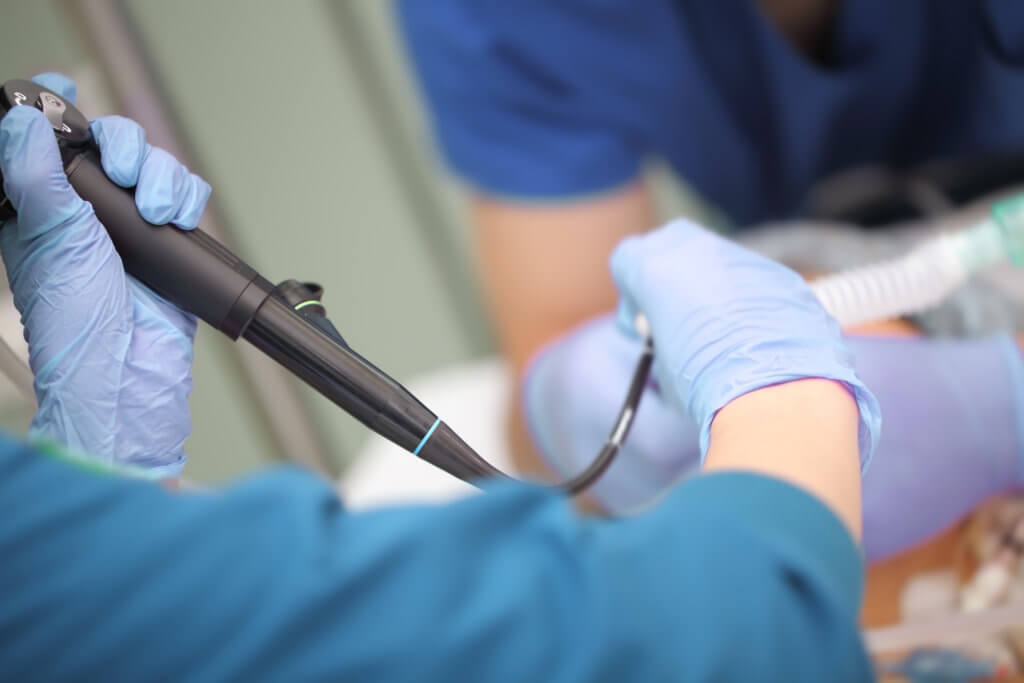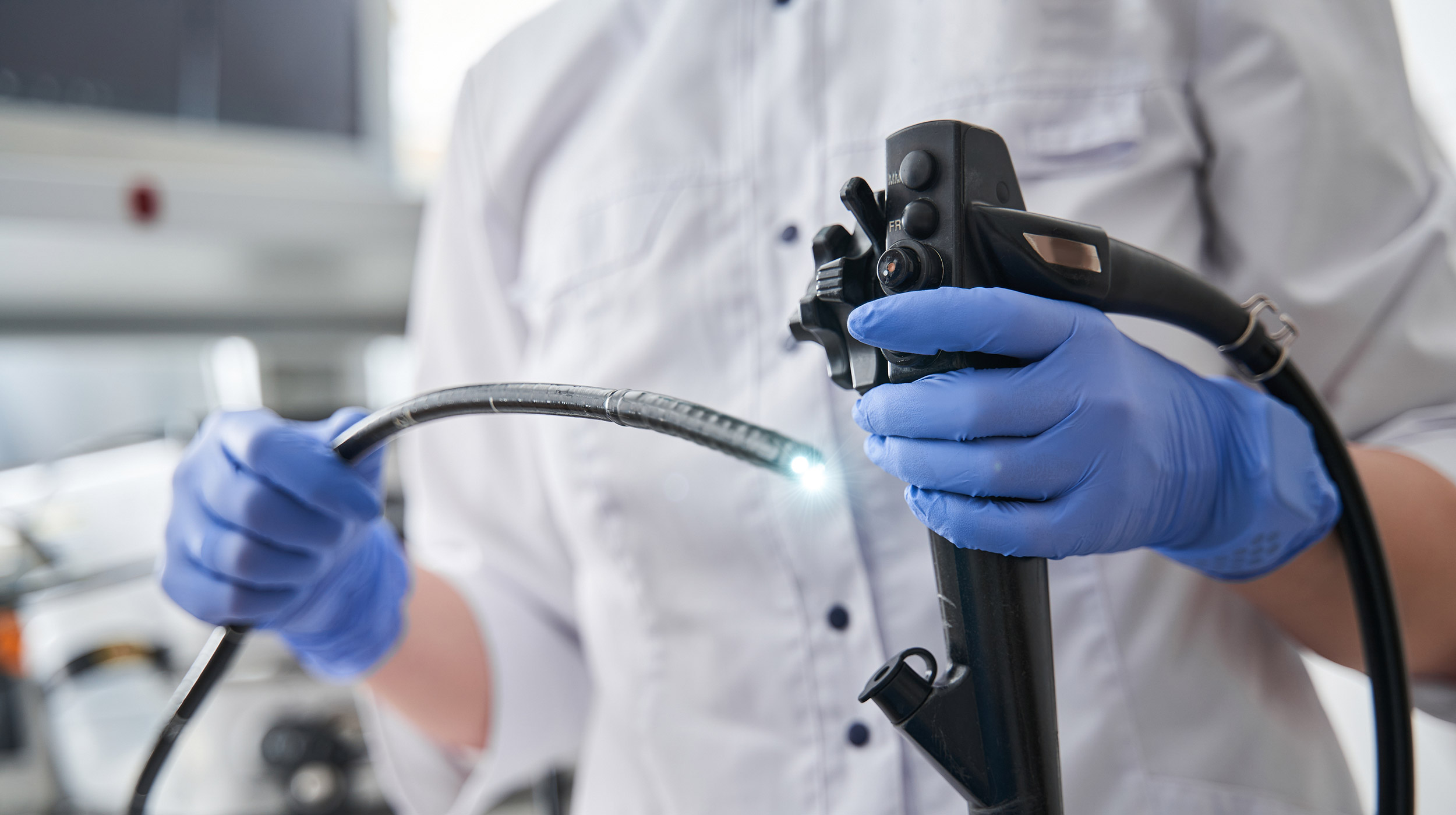
A study calculating the carbon footprint of a reusable cystoscope and a single-use counterpart is drawing scrutiny because of the methodology used to calculate the environmental impact of sterilization used in reprocessing.
Researchers found the total carbon footprint of a single-use flexible cystoscope to be 2.41 kilograms (kg) of carbon dioxide (CO2.) The reusable alternative produced a carbon footprint of 4.23 kg of CO2.
They reached these figures by factoring the CO2 emissions created during manufacturing, transport, sterilization, the solid waste sent to landfill and emissions from incineration.
The reusable cystoscope also produced more waste (671.5 g) than the single-use one (622 g). The single-use scope created 469 g of waste that was incinerated while the reusable cystoscope led to 415 incinerated g of waste. More than twice as much waste went to landfill from reusable than single-use (256 g to 126), the authors concluded in the Journal of Endourology.
The study, conducted in August and September of 2021, included 20 cystoscopies performed with a single-use scope and 20 with a reusable device. This single center performs approximately 2,000 cystoscopies annually with 12 cystoscopes — utilizing each device roughly 160 times per year. The study did not include CO2 emissions from repairs or maintenance processes.
A letter to the editor in the latest issue of the Journal of Endourology, however, refutes two of the study’s findings, citing two “serious methodical concerns” — underscoring the escalating debate about the environmental impact of disposable medical devices, including flexible endoscopes.
Sterilization accounted for 83 percent of the carbon footprint attributed to reusable cystoscopes, according to the letter writers — both U.K.-based ENT clinicians and sustainable healthcare experts. On the assumption that three cystoscopes can be reprocessed per cycle, 10 total kg of CO2 or 3.5 per scope would result. The letter’s authors claim the study’s calculation is higher than conversion factors published by the United Kingdom’s government. Using the U.K.’s conversion, the study implies a sterilization cycle would have lasted over three hours rather than the 35 minutes elsewhere reported for the model of reusable cystoscope involved in the study.
The reusable cystoscope’s carbon footprint, then, is 1.35 kg of CO2 per use “assuming other parameters are accurate.”
The authors’ second concern involves the manufacturing of the single-use scope. The study, they write, cites another piece of research which calculated the environmental impact of single-use ureteroscopes. Using that study’s conversion factors, manufacturing the single-use scope would generate more than 2 kg CO2, resulting in total carbon footprint of 3.09 kg CO2.
The letter’s authors also brush aside “unfounded ideas” that reusable endoscopes pose an infection risk and highlight the “robust standards” in the U.K. to sterilize endoscopes.
Read More:


